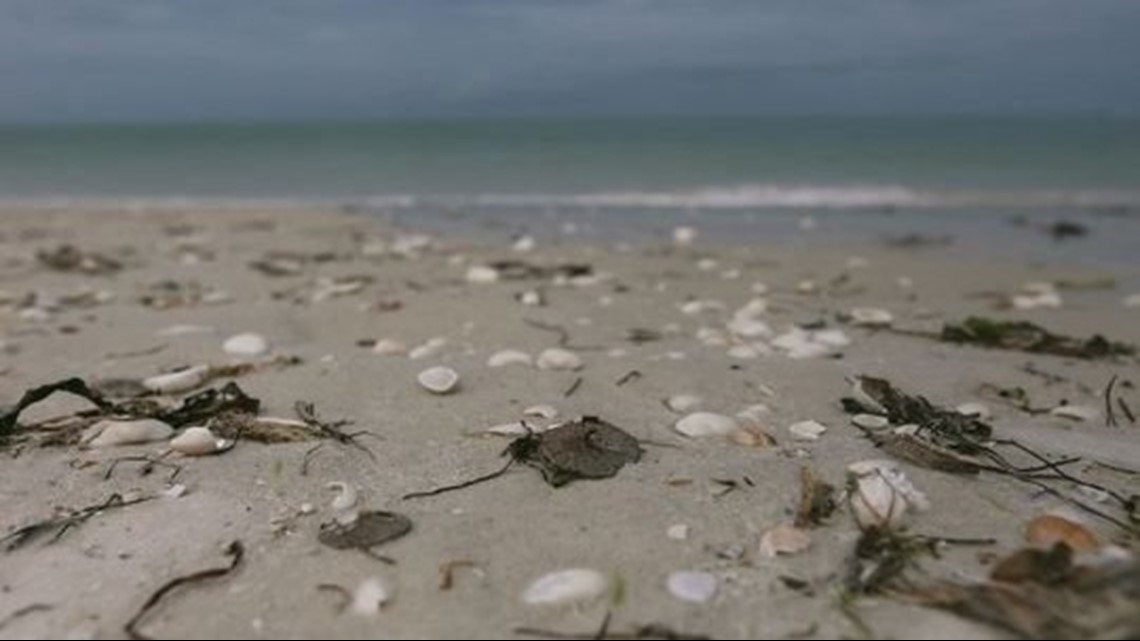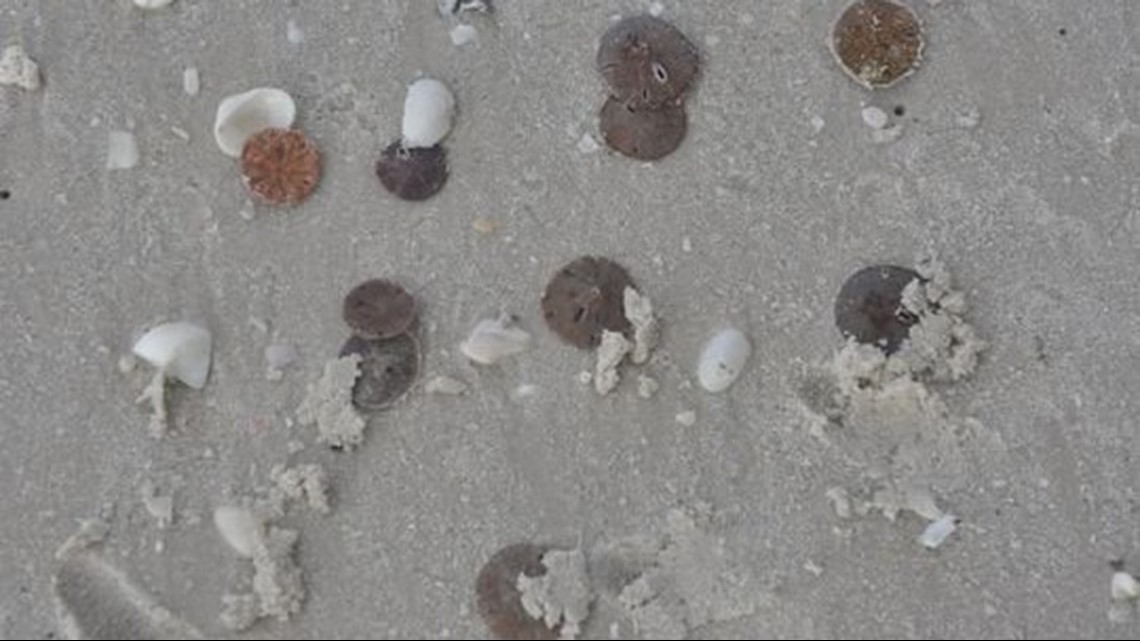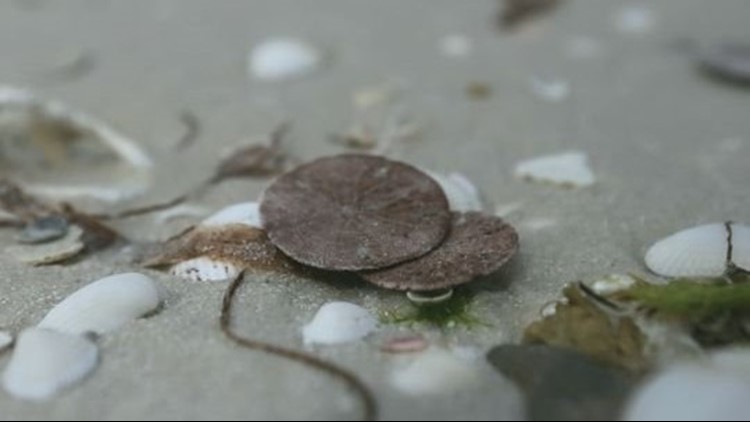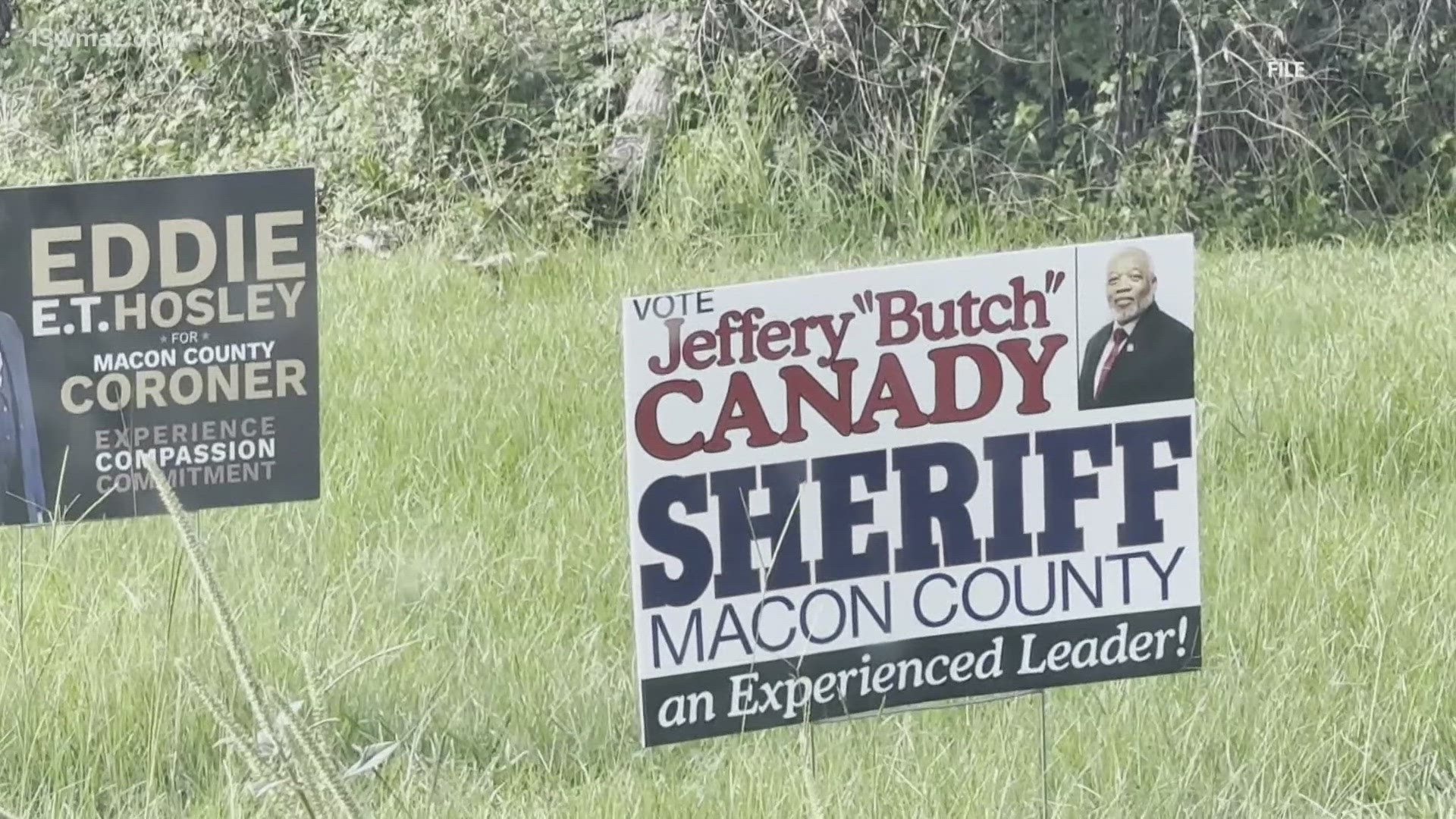Thousands of tiny dead sand dollars are washing up on Bonita and Barefoot beaches. That is perplexing beachgoers and marine life experts alike.
Specialists from all over Southwest Florida shared theories but said no one knows for sure what is happening.
Bruce Neill, executive director of the Sanibel Sea School, has been heading a five-year sand dollar study since 2014. He believes the sand dollars showing up dead on beaches could be due to a natural cycle.
He said every spring and fall sand dollars spawn. The quarter-sized ones on the shore are about 2 months old, which means they could be from the current spawning season, Neill said.


“There is a lot of mortality for these guys,” he said. “When you get a million sand dollars that have recently recruited and are young — even if the mortality rate doesn’t change — when you have a great recruitment year, you also get a great mortality. We don’t necessarily need to have a really bad external influence to have these events.”
“As far as mass die-offs go, there is no way to definitively say what causes this, and these type of incidents usually have several contributing factors,” Mensch said. “From my observations over the past several years, mass die-offs of sand dollars seem to happen incrementally throughout the summer months on local beaches. They almost always only affect the newest generation of sand dollar and rarely include adults in large numbers.”
She said it means there's "likely a natural boom-and-bust cycle of the species rather than something to be alarmed about."
“When the adults spawn and create billions of tiny sand dollar offspring, the environment can support them if conditions are right," Mensch said. "As each baby gets bigger, it requires more and more food. As the babies start to deplete the food source, there will naturally be a dieback. The dieback may not be 100 percent from starving to death, but lack of food will have weakened the animal, making it easier for diseases to take hold, or harder for the animal to deal with stressful situations like temperature spikes. More than likely, it is a combination of several factors.”


Yet Neill said this idea is just a guess. He said it could be a lot of other things causing these sand dollars to die.
“I wish I could tell you definitively why they died, but I can’t,” he said.
Neill stressed that people should not blame the Lake Okeechobee water releases for the sand dollar deaths until more information is known.
“We cannot make the mistake and tie it to some event from the Caloosahatchee (River),” he said. “That’s what we want to do. We want to have that major reaction. It is hard for me to imagine that releases from the Caloosahatchee are affecting the sand dollars in Bonita. Could it be? Absolutely. It could be. We do know without any question (that) as we continue to assault our oceans with nutrient runoff, we are negatively affecting it. But whether the runoff is affecting these creatures it is hard to say. This may well be just normal mortality.”
Bill Mitsch, director of Everglades Wetland Research Park and a professor of Marine and Ecological Science at Florida Gulf Coast University, has a different theory.
“The most logical reason you would have a kill like that is lack of oxygen,” Mitsch said. “That is one distinct possibility.”
Mitsch said the higher the temperature, the less oxygen the water can hold. The Gulf of Mexico's temperature is now about 90 degrees, he said.
“This could be a hypoxic event,” Mitsch said. “The fact that they are on the bottom of the sea — that is where the logic of the lack of oxygen is. That’s always the most logical thing when you have kills. Another possibility is a side effect of red tide. That is pretty much my list.”
Jeffrey Schmid, environmental research manager with the Conservancy of Southwest Florida, saw dead sand dollars on a Naples beach a few weeks ago.
“The bottom was just covered with these little quarter-sized sand dollars,” he said. “It has been going on for a couple of weeks now. I made the same observation and was wondering about it.”
Rick Bartleson, a research scientist with the Sanibel Captiva Conservation Foundation, doesn’t think the sand dollar situation is that unusual.
“I know we have sand dollars wash up,” he said. “It happens pretty often. What I don’t know is, if there is a salinity salt tolerance, if that would affect them. I also don’t know if they are susceptible to red tide toxins.


"It does affect a lot of the invertebrates in the area. We’ve seen these sand dollars get real dense onshore, and they wash up. It happens pretty frequently.”
Leigh Gay, outreach coordinator with the Bailey-Matthews National Shell Museum, said sand dollars seem to be easier to find on the shore in the summer months.
"It could be that they just reproduced, and it could be a natural die-off that happens with the younger ones," Gay said. "That is in my opinion what is happening. But I don’t know for sure.”
Mensch said people need to know the difference between mass strandings — when the tide goes out and the sand dollars wait on the wet sand for the tide to return — and dead sand dollars.
“Many people have a hard time telling if a sand dollar is dead or alive, and we often see people collecting live ones at the beach simply because they don't know any better,” Mensch said. “We always strongly emphasize with our guests that just because an animal is on the beach does not mean it is dead, or even necessarily distressed.
She said the best way to tell whether a sand dollar is dead or alive is by looking at its texture.
"If it is fuzzy and looks like it hasn't shaved in a few days, it is best to assume it is alive," she said. "If it releases a yellow stain on you, it is alive and telling you to put it down. If the little bristles are moving at all, it is definitely alive.
“We also like to remind guests to never, ever throw a live animal. If someone finds a live sand dollar on the beach, the best thing to do is gently place it back in the water. Live shelling is illegal in Lee County, and violators face a $500 fine.”



